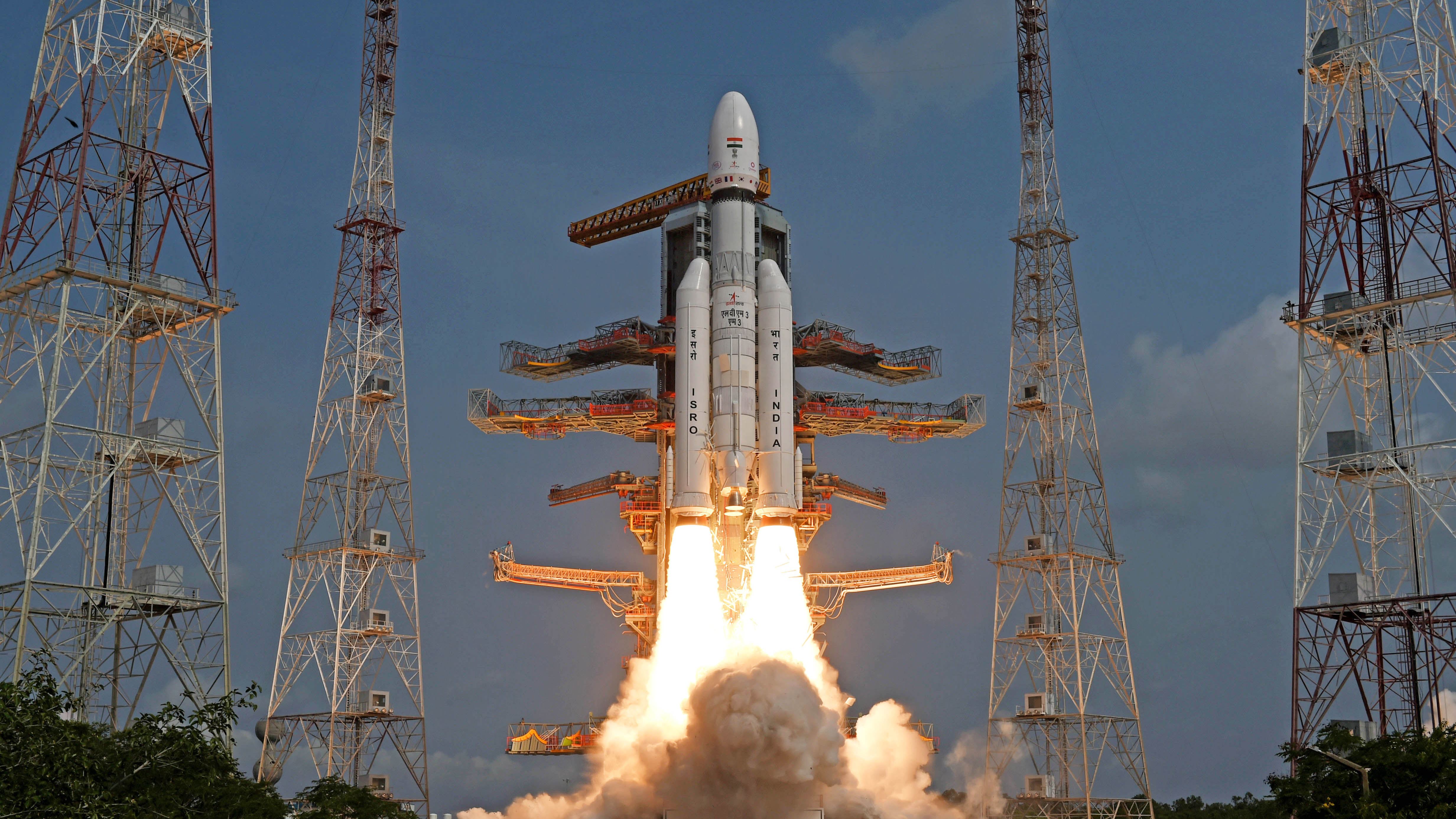
British startup OneWeb has launched the final satellites needed to offer global satellite Internet coverage.
After launching its first satellites in early 2019 and later declaring bankruptcy, the company has now completed its low-earth orbit (LEO) constellation of 618 satellites, with the final 36 being launched from the Satish Dhawan Space Centre in Sriharikota, India on an Indian-developed LVM3 rocket.
While more satellites are planned to be added in the future, OneWeb says that the number of satellites it has in operation now exceeds the requirement for global coverage, and also seeks to tackle the problems typically associated with cable, which sees rural areas less catered for than cities.
OneWeb satellite Internet
Its 18th launch saw the total number of satellites climb from 582 to 618, exceeding the 588 required by the constellation design for global coverage, though there are already plans to add further units in May and June to total 648 satellites.
Flying at an altitude of 750 miles, the constellation is designed to provide Internet connection to anybody in any part of the world, including areas not typically served by cable.
As well as land-based locations, OneWeb hopes to serve maritime vessels with high-speed, low-latency connections in a move that will see our oceans become more connected environments.
However, despite project completion in the coming months, OneWeb may not begin to offer customers broadband connections until the end of the year, at which point it will target enterprise customers rather than individuals.
In comparison, Starlink operates around 3,500 satellites at an altitude of around 320-330 miles and has already received FCC approval to launch as many as 7,500 Gen 2 units.
- Check out the best Wi-Fi routers available now







